St. George
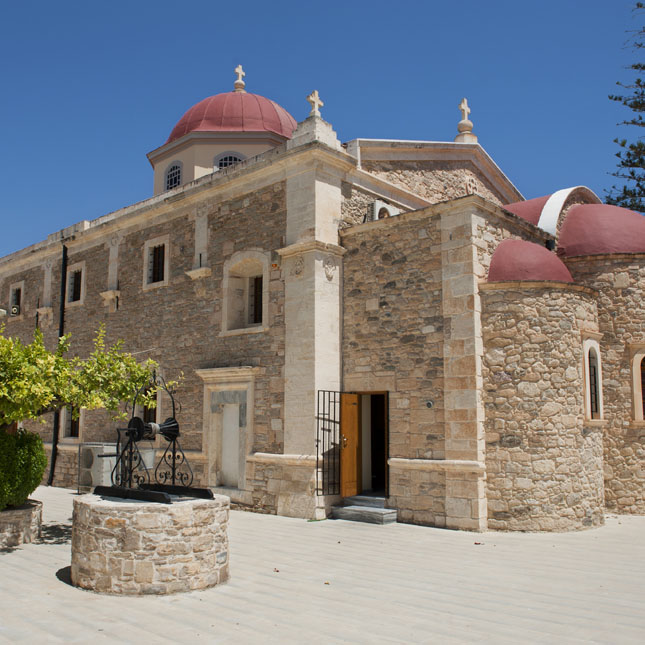
The Church of St. George at Ierapetra
The most important church of the city is the metropolitan church of St. George, who is also the patron saint of Ierapetra due to his wonderworking interventions during the period of Turkish occupation. The church, which is also located in the historical centre of Kato (Lower) Mera, was built in the 19th century in place […]
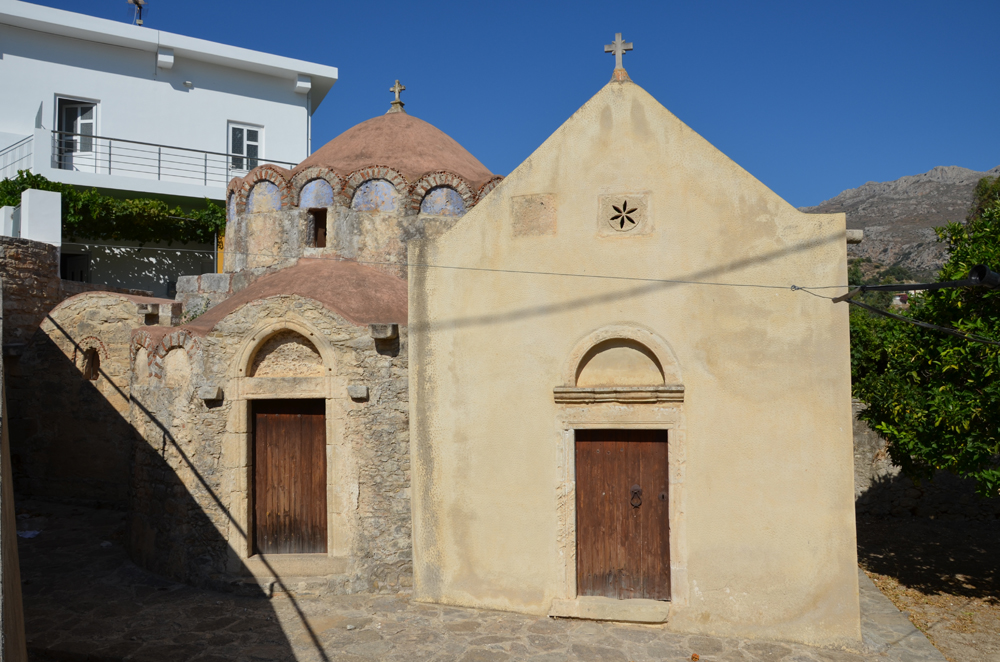
Church of Agios Georgios and Agios Haralampos (St. George & St. Charalampus) (Episkopi)
The church of Saint George and Saint Charalampus is one of the most important religious monuments in the region of Ierapetra. The 11th century Byzantine bathhouse that originally stood on the site was converted into a church, possibly during the 16th century. Byzantine bathhouses and churches shared many architectural elements, and, as a result, abandoned […]
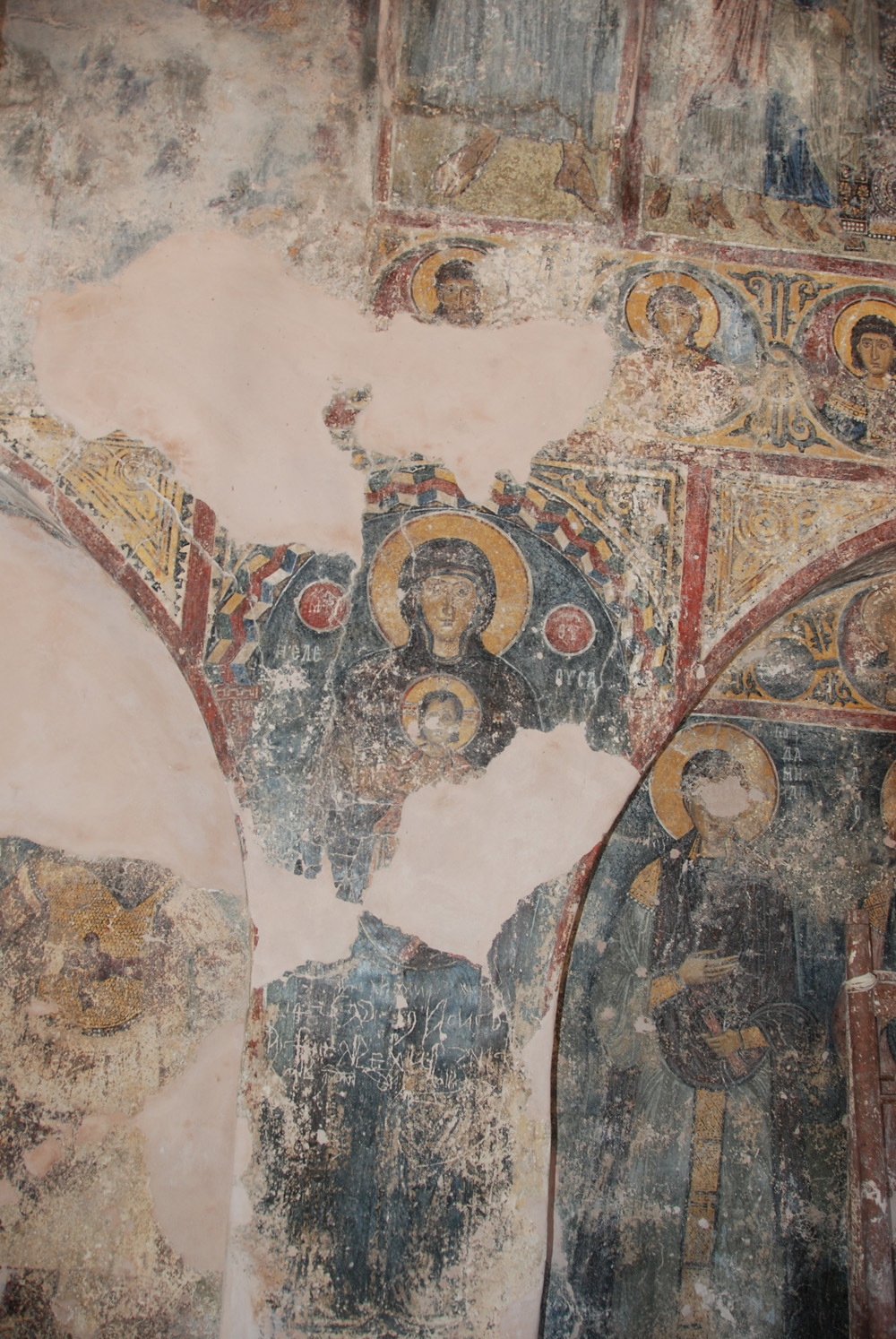
Churches at Plemeniana
Near the hamlet there are traces of early Christian basilicas dating from the 5th and 6th centuries. Within the walls of the Church of Christ the Saviour (Soter), parts of an old early Christian basilica have been incorporated; Inscriptions have been preserved, the oldest of which bears the year 1362. In St. George’s Church there […]
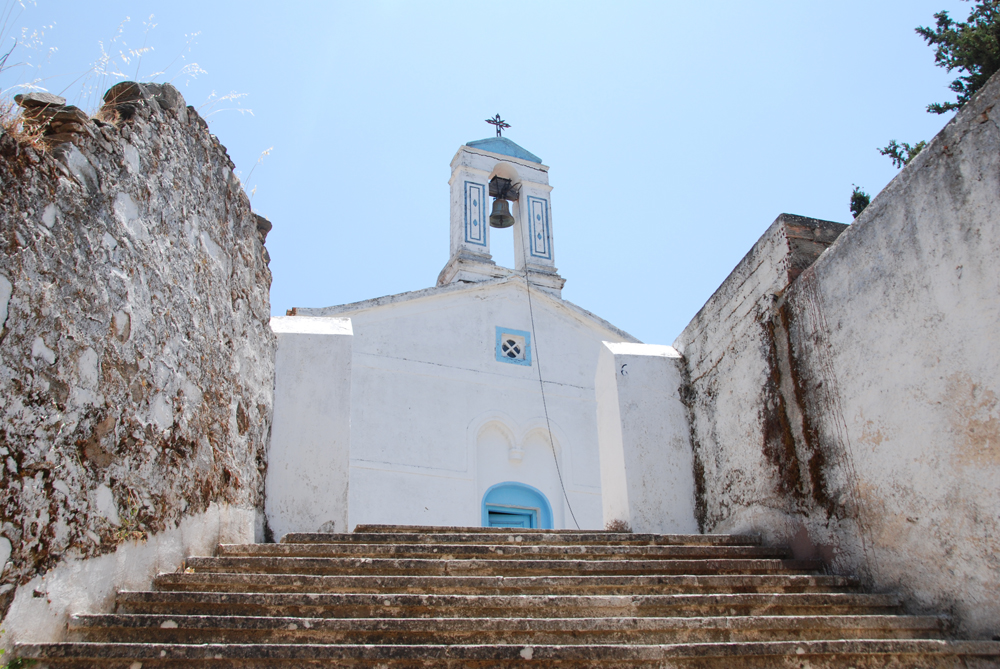
Churches at Kantanos
Kantanos flourished in the Hellenistic and Roman times as well as during the first Byzantine period, when it seemed to have played an important role, since it was the See of the Bishop who attended the Council of Chalkedon (Synod of Chalki) in 451. The long religious tradition of the territory is evidenced by traces […]
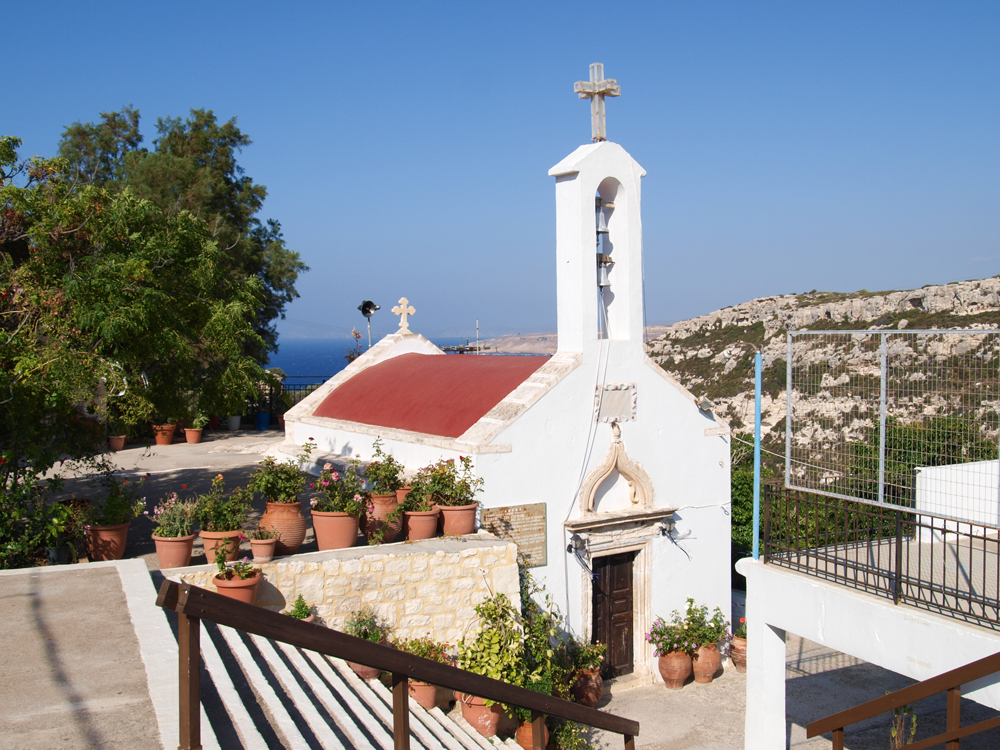
Panagia Faneromeni (Our Lady Revealed) Monastery
Built just inside Agioi Pantes (All Saints) Canyon on Cape Trachilas, the monastery has exquisite views of the sea. Particularly noteworthy are the caves that riddle the canyon and which were once used by the monastery’s hermits. The monastery was founded in the 13th century and was renovated in 1620. Between 1870 and 1901 it […]
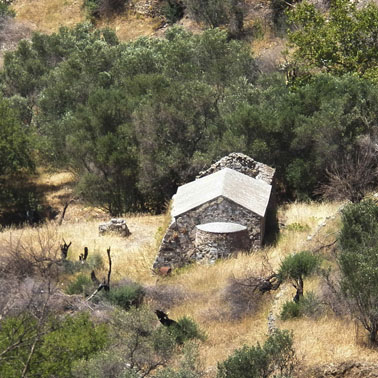
The church of St. George (Agios Georgios) (Vathi)
A one-hall church covered with arches, characterised by blind side coving. According to the inscription inside, its murals date to 1284 and are typical examples illustrating folk style art of the time.


